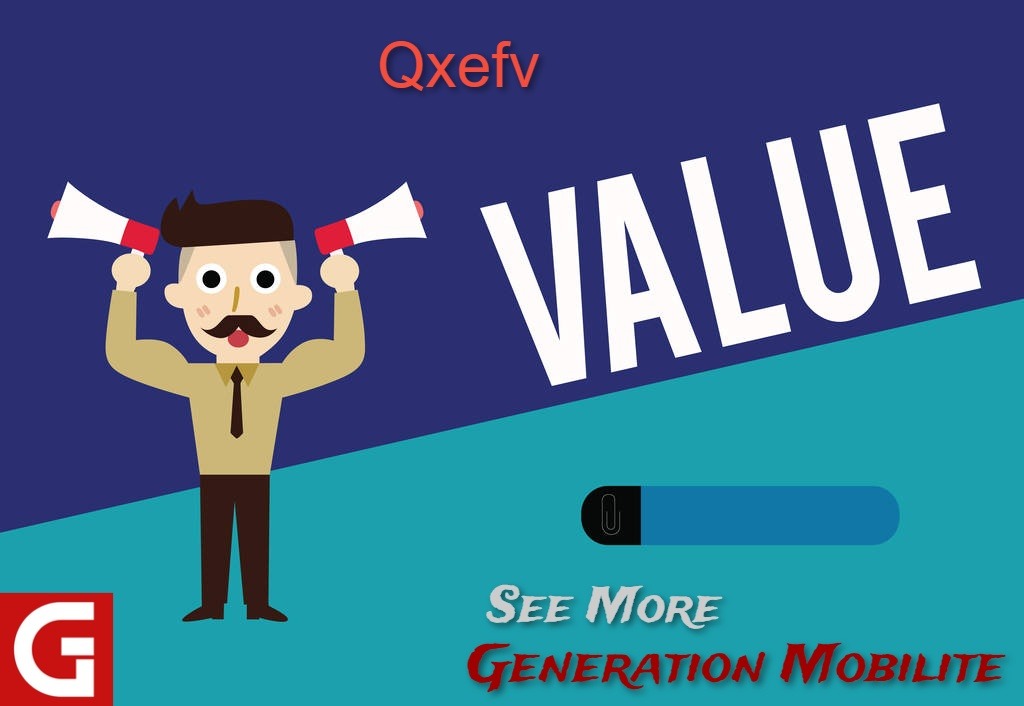An Introduction to Qxefv
I am fascinated by the concept of Qxefv or “Quantitative Measurement of Experiential Value”. As someone passionate about understanding customer behavior and preferences, I believe Qxefv represents an innovative approach for businesses to assess and enhance the value perception of their products and services.
Table of Contents

In this article, I aim to provide a comprehensive overview of Qxefv – explaining what it is, how it is calculated, its real-world applications, and the potential benefits this metric offers.
What is Qxefv?
Qxefv stands for “Quantitative Measurement of Experiential Value”. It is a metric used to evaluate the perceived value a customer derives from interacting with a product or service.
It focuses on two core aspects – the customer experience and the quantitative value offered. By analyzing these factors, businesses can determine a Qxefv score for their offerings.
The higher the Qxefv score, the greater the perceived value for the customer. Thus, it is an effective way for companies to assess and enhance the appeal of their products/services.
How is Qxefv Calculated?
The Qxefv score is calculated by assessing two key components:
Customer Experience
This refers to the overall experience a customer has when engaging with the product/service. It includes factors like:
- Usability and user-friendliness
- Enjoyment and entertainment
- Problem-solving capability
- Customization and personalization
Companies need to evaluate all touchpoints of the customer journey to develop insights into the experiential aspect.
Quantitative Value
This refers to the measurable benefits gained by the customer from the experience. Some examples include:
- Monetary gains like discounts or savings
- Time saved due to efficiency or convenience
- Increased productivity or performance
- The quantitative value translates the subjective experience into objective metrics.
By examining both these factors, businesses can determine the Qxefv score. The higher the combined impact of experience and value created, the better the score.
Real-World Applications of Qxefv
I find the concept of Qxefv highly intriguing as it has diverse real-world applications across industries. Here are some examples:

E-commerce: Online retailers can use Qxefv to evaluate their websites or apps by assessing metrics like ease of navigation, customized recommendations, and time/money saved due to best deals.
Healthcare: Hospitals can measure Qxefv to determine patients’ perception of services like online appointment booking, treatment effectiveness, and hospital efficiency.
Finance: Banks can apply Qxefv to determine the appeal of their mobile/web platforms by analyzing engagement levels, personalized insights, and money management features.
Automotive: Car manufacturers can measure Qxefv to assess the perceived value of test drives, dealer interactions, and smart features like parking assist or traffic warnings.
Hospitality: Hotels and resorts can use Qxefv to evaluate the customer experience across different touchpoints like check-in, room comfort, dining, and recreational facilities.
Technology: Tech companies can measure the Qxefv of product demos, retail interactions, smart device capabilities, and software features.
Potential Benefits of Using Qxefv
In my opinion, incorporating Qxefv as a value assessment metric offers several advantages:
It provides actionable insights: The Qxefv framework breaks down the amorphous concept of perceived value into defined parameters that can be measured and improved.
Drives innovation: Companies can leverage Qxefv insights to develop new features and experiences that enhance value for the customer.
Creates a customer-centric culture: Using Qxefv requires organizations to view offerings from the customer’s perspective rather than an internal operational standpoint.
Allows effective resource allocation: Qxefv data can reveal priorities for investment by identifying high and low value features/offerings.
Facilitates continuous improvement: It enables businesses to regularly monitor value perception and quickly respond when scores decline.
Enhances competitive differentiation: Companies can optimize Qxefv to stay ahead of competitors by exceeding customer expectations.
Boosts revenues and profitability: Higher Qxefv typically increases customer satisfaction, retention and willingness to pay a premium, thus driving revenues.
Best Practices for Implementing Qxefv
For companies interested in leveraging Qxefv, I would recommend some best practices:
Start by auditing your existing customer journey and interactions to identify value-adding and non essential aspects.
Create a robust data collection system combining quantifiable metrics, consumer surveys, feedback forms etc. Integrate it across channels.
Calculate baseline Qxefv scores for your products/services to diagnose high and low value areas.
Set appropriate key performance indicators around Qxefv to make it central to decision making.
Impart training across teams on interpreting Qxefv data and applying it to their roles.
Analyze competitors’ offerings using Qxefv to recognize gaps and opportunities.
Develop an innovation pipeline around enhancing customer experience and quantitative value.
Continuously monitor Qxefv and be proactive rather than reactive to any drops or stagnation.
The Potential of Qxefv in Shaping the Future
Looking ahead, I believe integrating metrics like Qxefv will be crucial for companies to stay competitive and achieve long-term success.
It has the potential to drive the next wave of innovation focused on creating holistic value for consumers, beyond just functional benefits. With its sharp focus on experiential and measurable value, Qxefv represents the future of customer-obsessed, data-driven smart product design and business strategy.
Companies that embrace this approach early will gain a significant edge in making their offerings indispensable to consumers in the 21st century.
Conclusion
In summary, I regard Qxefv as a game-changing metric that reflects the evolving human relationship with technology, commerce and innovation.
Harnessing its potential will separate the market leaders from laggards in the experience economy of the future.


